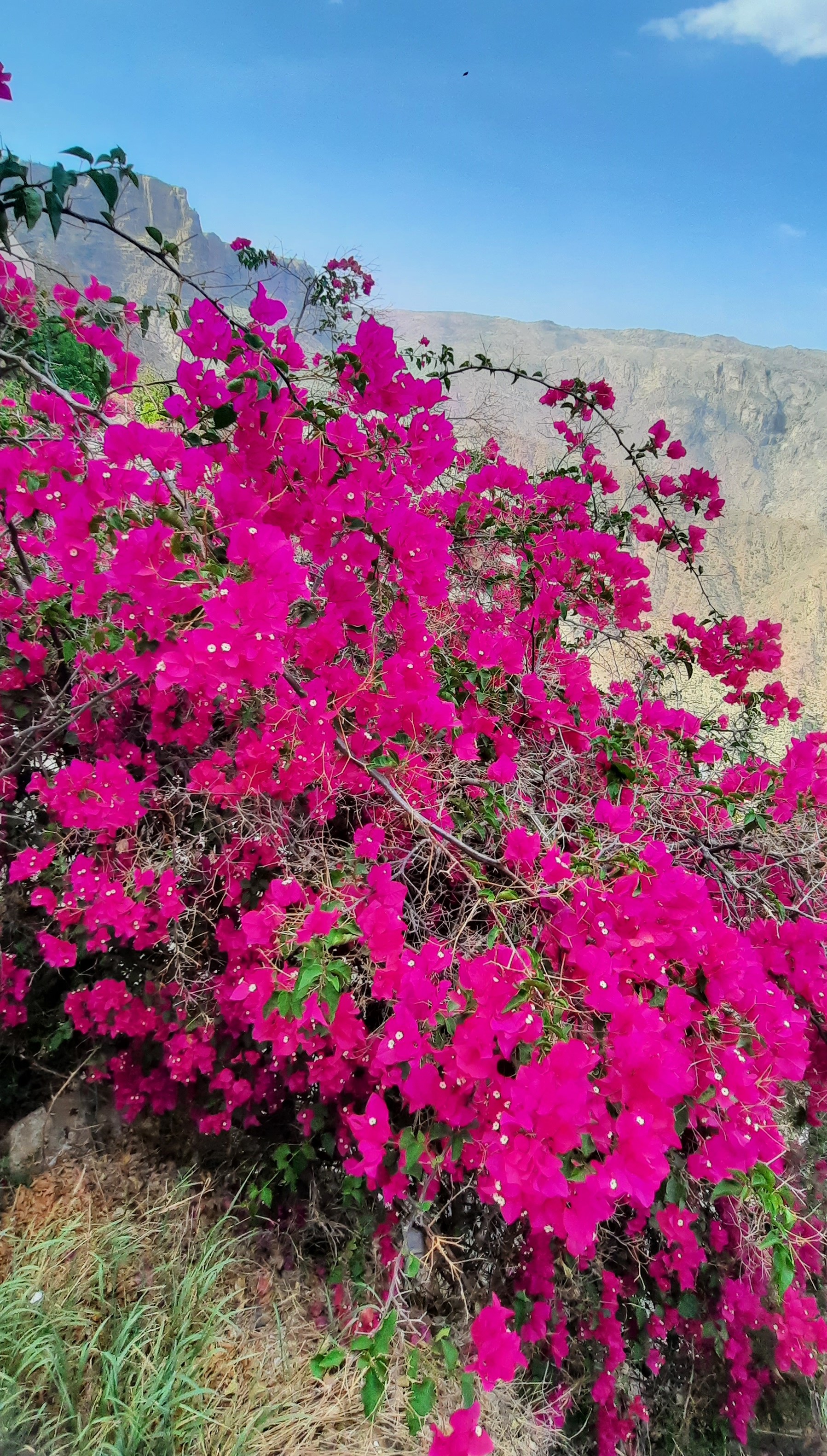Bougainvillea:The Flower of Passion
Could you name a garden plant with flowers all
year? My science teacher asked us when I was in 6th grade in our village
school. He had to answer the question himself as we all guessed it wildly
wrong. Though I have never looked it up to verify the correctness of that
answer, I just believed it to be true for, ever since, I’ve seen bougainvillea in
bloom on and off all year.
We mistake its paper-thin bracts of various
colors for its flowers. In fact, its real flowers are tiny white ones, often
unnoticeable from a distance as they are overshadowed by bracts of vibrant
colors of pink, white, orange, purple, yellow, burgundy, etc.
Bougainvillea grooms itself to put on a very
colorful display, offering a free feast for the eyes on waysides and as garden
hedgerows. It is usually seen as thorny ornamental vines, bushes, and
trees belonging to the Four o'clock family of plants, or Nyctaginaceae. It is
particularly eye-catching when trellised or espaliered.
Though well-known to all as an everyday plant, the
name is not easy to spell for many as it comes from French. It is believed
to have been first recorded by French botanist Philibert Commerçon, in the
1760s. It was so named by Commerçon, after the French admiral,
Loui-Antoine de Bougainville, an explorer whom Commerçon had
joined on an expedition around the world. What an immortalizing gift from a
fellow traveler!
Interestingly, in my mother tongue, it is known
as kadalasupoovu. That can be literally translated as paper flower, obviously
mistaking the paper-like bracts for their flowers. People grow them in their
gardens for their stunningly colored bracts, not for the creamy white flowers.
So go get one in a color of your
choice or a mix of many if you want to add easy and lasting color to your
garden or landscape. As a bonus, you will be contributing to the ecosystem
since bougainvillea provides shelter and nutrition to butterflies and birds.




Comments
Post a Comment